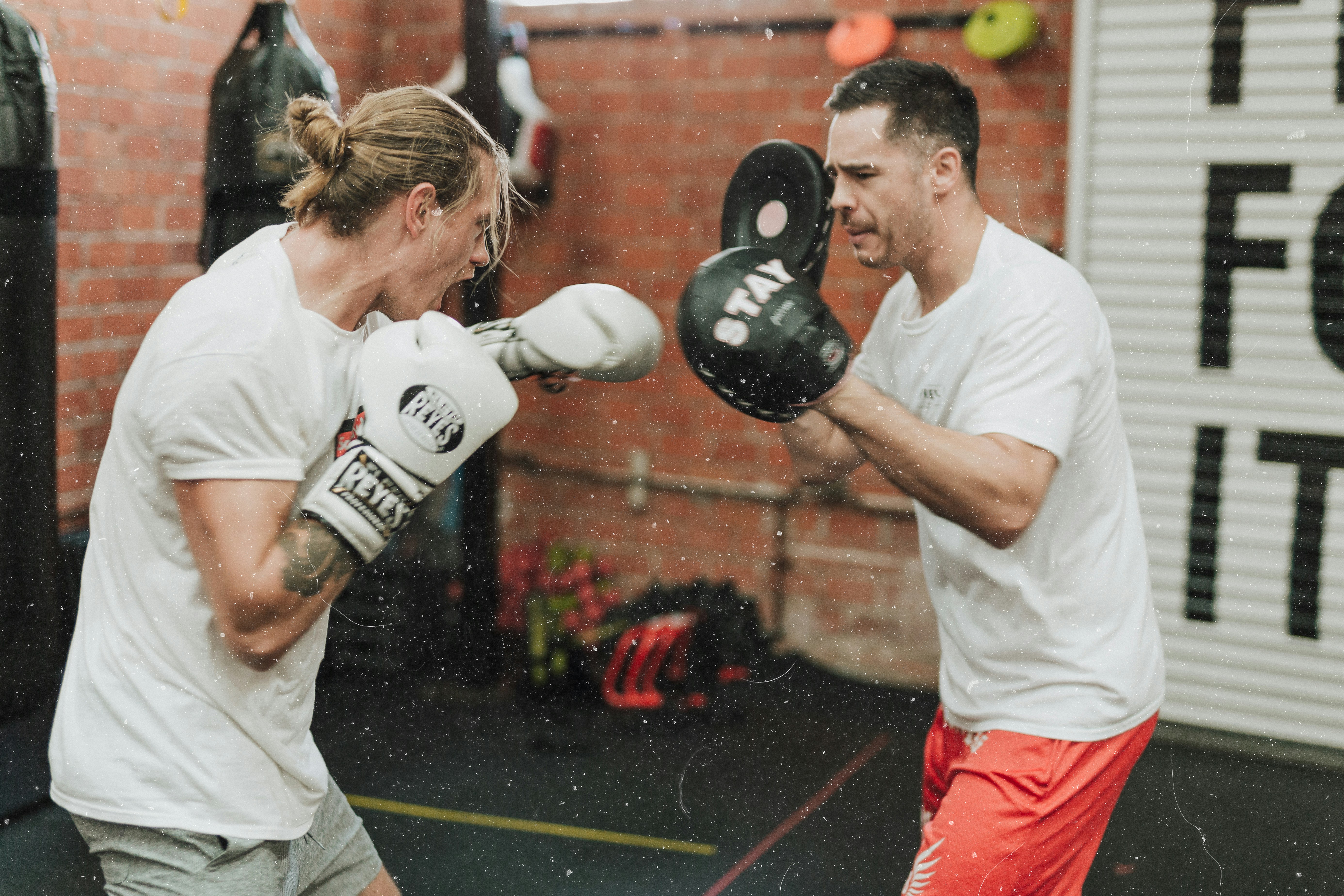The Scientific Brilliance Behind Boxing's Footwork
When it comes to boxing, the power of a punch isn't the only determining factor in victory. The footwork, an aspect that’s often overlooked, plays a subtle yet significant role in the boxing arena. Let’s delve into the scientific artistry that makes footwork an effective weapon in boxing.

The Biological Dimension
In boxing, footwork goes beyond the simple act of movement. It is a complex skill that requires finesse, agility, and a solid understanding of human physiology. Boxers need to comprehend their body’s biomechanics, establish a natural rhythm, and maintain a delicate balance between muscle contraction and relaxation. By employing lateral, forward, and backward movements, they can maintain an advantageous position, avoid punches, and deliver effective strikes. The nervous system plays a pivotal role in this task, integrating multi-sensory inputs to guide physical responses, while strong, flexible ankles provide the necessary stability.
Training for Precision
Training the footwork in boxing is as much about mental focus as it is about physical strength. Boxers often use tools like agility ladders, cones, and skipping ropes to enhance coordination and balance. Special drills and exercises that target the lower-body muscles, particularly the calves, quads, and glutes, are essential. Moreover, mental imagery or visualization techniques can help a fighter better anticipate movements, enhancing their spatial awareness and reaction time.
Role of Footwork in Defense
Defensive footwork involves strategies that allow boxers to dodge punches, parry attacks, and maintain a safe distance from their opponent. Quick footwork can provide the advantage of movement unpredictability, making the boxer a less stationary and hence a harder target. The frequently practiced “pivot” allows a boxer to change direction quickly and create angles that can be used to launch a counter-attack.
Footwork as an Offensive Tool
While footwork serves primarily as a defensive mechanism, it can also turn into an offensive tool. It can help boxers close the distance quickly for a powerful offensive strike. The “step-drag” technique, where one foot steps forward while the other drags behind, allows them to remain balanced while moving toward the opponent. Furthermore, good footwork can provide a vantage point for landing successive punches, keeping the opponent guessing and off-balance.
The Intangible Benefits
Beyond physicality, good footwork imparts discipline, patience, and a strategic mindset - traits that are beneficial both in and out of the ring. It requires immense concentration, helping athletes develop mental tenacity. By instilling a certain rhythm and grace, it also allows for self-expression, adding a unique touch to each boxer’s style.
- Good footwork enables a boxer to control the tempo of the match by dictating when and where exchanges occur.
- Footwork impacts energy utilization. Inefficient movement can drain a fighter’s energy, emphasizing the importance of agility and economy in motion.
- Footwear is a pivotal part of footwork. Boxing shoes are designed for traction and pivoting, offering the necessary support and stability.
In conclusion, boxing footwork is a multifaceted component with an in-depth scientific basis. It’s not just a physical activity but also a strategy that involves understanding human physiology, training for precision, playing defensive, launching offensive strikes, and instilling mental toughness. It’s an art form, a scientific discipline, and the mark of a competent boxer, underscoring the beauty of this sports discipline as more than just a test of physical strength and stamina.




